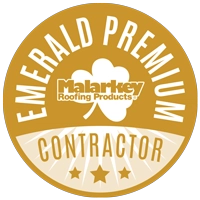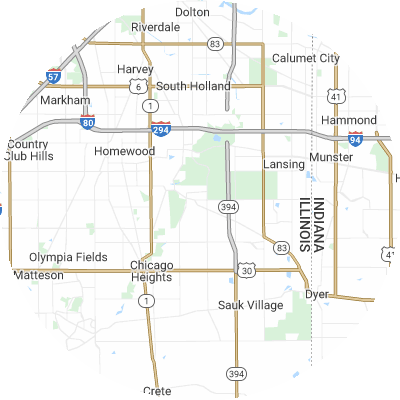Signs You May Need Gutter Guards
While gutter guards aren't always needed, the signs of clogged gutters are clear. Some indicators of persistent gutter problems include:
- Visibly damaged, sagging, or misaligned gutters that no longer correctly direct rainwater
- Soggy ground or visible erosion around your house's foundation
- Leaky seams or joints where water leaks out of gutters
- Frequent clogs that lead to overflow and water spilling over gutters
- Mold growth, peeling exterior paint, or interior water stains on walls near gutters.
How To Choose a Gutter Guard Installer
Assess Their Experience
Look for an experienced gutter guard installation company that has been in business for multiple years and has installed various guard brands and models. These companies know how to properly measure and install gutter guards on your unique home setup. Inquire how long they’ve been in business and request local referrals.
Verify Proper Licensing and Insurance
Make sure that any providers you're considering are properly certified, bonded, and insured, with both general liability and workers compensation protection. This protects you from liability for potential injuries and accidents. Ask potential providers for current licensing and insurance papers.
Choose Reputable Brands
Seek out companies that carry tenured and trusted gutter guard brands such as LeafFilter and Gutter Helmet. Be wary of companies only offering generic no-name or their own off-brand guards, as these likely lack the rigorous testing of larger brands.
Seek Custom Fit Services
For optimal performance, gutter guards should have custom measurements and trimming on-site to match your gutters. Choose a company that takes specific measurements and trims guards for your house instead of using generic options. Well-fitted guards avoid debris-trapping gaps.
Examine Warranties
High-quality gutter guard companies often offer 20-year or lifetime warranties that cover leaks, rust, clogs, and other defects. Before picking a provider, closely inspect its warranty terms for materials and workmanship guarantees. Warranties are the most effective way to protect your investment into your gutters.
Check Reviews and Referrals
Take some time to research online reviews on the Better Business Bureau (BBB), Yelp, Google Reviews, and other review sites to read about customer experiences. Ask neighbors to recommend quality local gutter guard companies. When researching providers, you should choose companies with consistent positive feedback instead of just one or two reviews.
Types of Gutter Guards
The six primary types of gutter guards include the following:
- Foam guards are light and easy to install. With this type of guard, debris lands on the foam instead of in your gutter. Foam guards cost around $2.46 per linear foot.
- Brush guards are precisely what they sound like: large brush bristles that sit in your gutters and block debris while letting water through. On average, you can expect to spend $4.04 per linear foot for brush guards.
- Screen guards have large holes that allow water to pass through while keeping out debris. On average, you can expect to pay $4.28 per linear foot for screen guards.
- Mesh guards stop debris but allow water to flow through. Mesh guards have even smaller holes than screen guards. They're durable and encourage debris to slide off rather than sitting on top of your gutters. On average, you can expect to pay $4.05 per linear foot for mesh guards.
- Micro-mesh guards are normally the most effective. Micro-mesh guards have smaller holes than standard mesh guards, which lets even less debris through. On average, you can expect to pay $5.13 per linear foot for micro-mesh guards.
- Surface tension guards, also called reverse curve guards, use surface tension to allow water to flow into gutters while debris slides off. Typically, they will be visible from the ground. Surface tension guards cost roughly $3.15 per linear foot.












